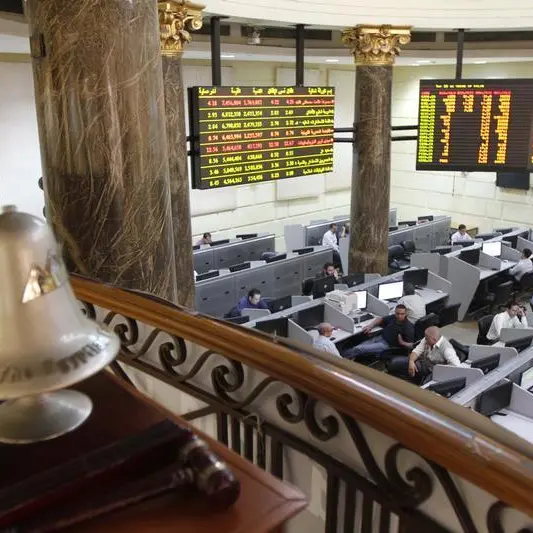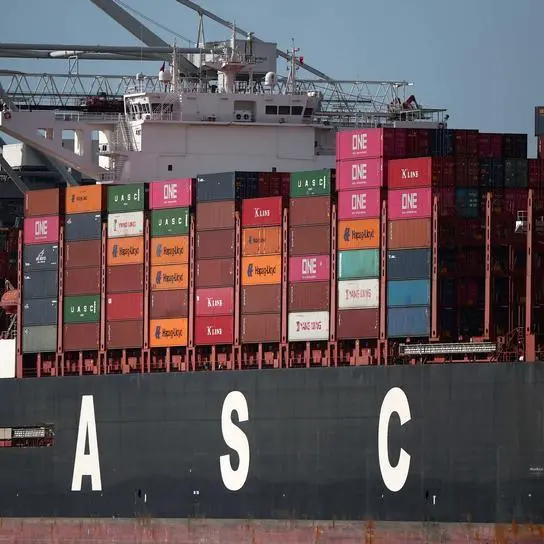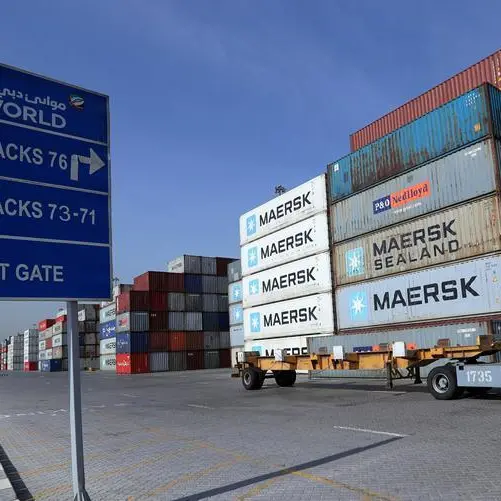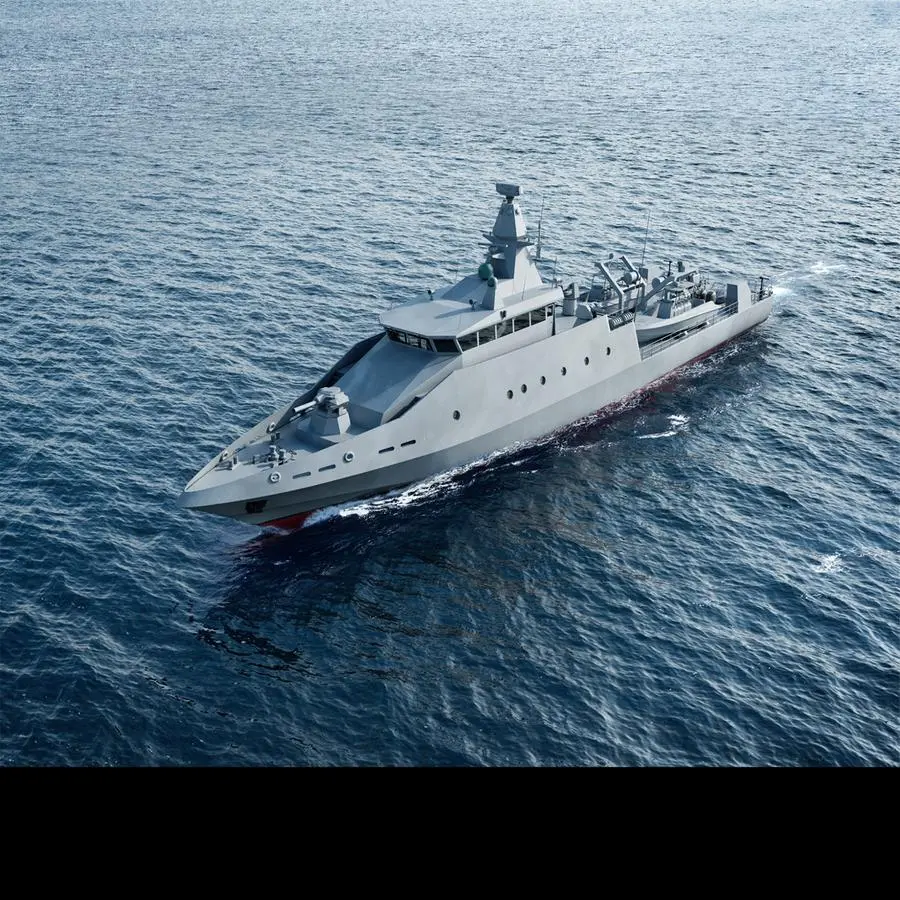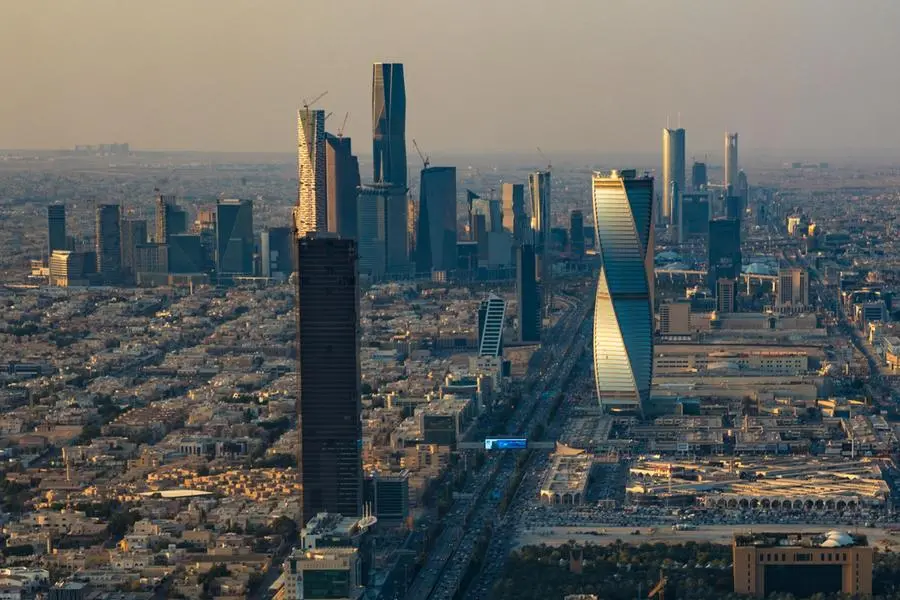PHOTO
How will you measure the success of your city? In his book “How Will You Measure Your Life?” the late father of Disruptive Innovation, Professor Clayton Christensen, emphasised the importance of applying structured models to measure our lives, advocating that the most rewarding approach is building up people, rather than merely building infrastructure and materials.
One of the clearest global best practices in building up people to achieve progress has been applied for the past century in San Francisco, California, in the United States of America. Silicon Valley is not only a hub for global technology companies; it also exemplifies the power of leveraging government support to attract investment in new market innovations. Salalah, located in the Governorate of Dhofar in the Sultanate of Oman, holds the potential to contribute significantly to global socio-economic progress by becoming a sustainable new market innovations hub.
Professor Christensen’s theories on innovation provide a valuable framework for understanding how cities can position themselves as leaders in the global economy. He identified three primary innovation markets: low-end mass market innovation, sustained innovation, and new market innovation. Each of these offers a unique path to success, as demonstrated by various cities around the world.
Shenzhen, China, is a prime example of how low-end mass market innovation can drive economic growth. In the late 20th century, Shenzhen transformed from a small fishing village into a sprawling metropolis by focusing on mass production and price competitiveness. The city became a global manufacturing hub, particularly for electronics, leveraging its cost advantages to attract businesses from around the world. By producing affordable goods at scale, Shenzhen not only boosted its local economy but also made advanced technology accessible to billions of people worldwide. This focus on mass market innovation has positioned Shenzhen as a critical player in the global economy, demonstrating the potential of cities that prioritise efficiency, cost competitiveness, and large-scale production.
Zurich, Switzerland, offers a contrasting example of sustained innovation. Known for its high-quality products and services, Zurich has carved out a niche in the global economy by focusing on sustained innovation. The city is a center for finance, pharmaceuticals, and precision engineering, industries that require continuous improvement and cutting-edge research. Zurich’s commitment to excellence and its ability to maintain a competitive edge in these elite markets have made it a global leader in innovation. The city’s sustained innovation strategy has attracted top talent and investment, proving that even smaller cities can dominate niche markets through relentless focus on quality and incremental improvements.
Bengaluru (Bangalore), India, is a textbook case of new market innovation. Often referred to as the 'Silicon Valley of India,' Bengaluru filled a gap in the global technology market by becoming a hub for software development and IT services. Unlike traditional tech hubs that focused on hardware or established software markets, Bengaluru capitalised on the growing demand for outsourcing and software services, creating a new market that was previously underserved. This strategic focus on new market innovation allowed Bengaluru to emerge as a global technology centre, attracting investment, talent, and multinational corporations. Bengaluru’s success illustrates how cities can achieve rapid growth by identifying and serving new markets, even in the face of established competitors.
Salalah, with its strategic location, rich cultural heritage, and growing infrastructure, is well-positioned to follow the path of new market innovation. The city can carve out a unique niche by focusing on sustainable technologies and practices that are increasingly in demand globally. As the world shifts towards sustainability, there is a significant opportunity for Salalah to become a leader in clean technologies, renewable energy, and sustainable agriculture. By adopting a blue ocean strategy, where competition is minimal, Salalah can attract national, regional, and international investments, foster innovation, and create new markets that address the pressing environmental challenges of our time.
The success of cities like Shenzhen, Zurich, and Bengaluru demonstrates that there is no single path to becoming a global innovation hub. However, they all share a common trait: the ability to build up their people and create an environment that fosters innovation. Salalah, by focusing on sustainable new market innovations, can contribute to global progress while also securing its place in the global economy. With the right vision, investment, and commitment to building up its people, Salalah has the potential to become the next hub for sustainable innovation, making a lasting impact on both the region and the world.
2022 © All right reserved for Oman Establishment for Press, Publication and Advertising (OEPPA) Provided by SyndiGate Media Inc. (Syndigate.info).



